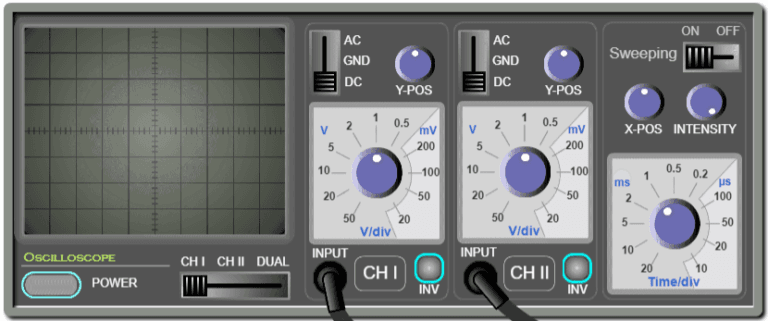Education before technology
Educational technology is more about strategically leveraging technology to enhance, transform, and even redefine teaching and learning than just merging education with technology. You have to be a strong educator equipped with learning theories, educational methodologies, and statistical analysis in the first place to be a successful educational technologist.








